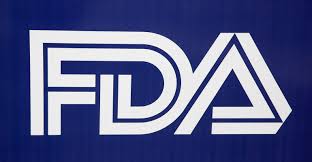In a landmark ruling, a US District Court has struck down the FDA’s attempt to regulate laboratory-developed tests (LDTs), a move celebrated by many in the scientific and diagnostics community, including the College of American Pathologists (CAP). While the legal decision centres on jurisdictional authority, its scientific impact runs deeper: this is about how innovation, oversight and evidence co-exist in the real-world deployment of medical diagnostics.
LDTs are in-house tests developed and validated by individual laboratories, often academic medical centres or reference labs. These tests frequently fill diagnostic gaps where no commercial assay exists, including:
- Rare diseases
- Cancer genomics
- Emerging infectious threats
- Personalised medicine applications
LDTs have historically operated under CLIA (Clinical Laboratory Improvement Amendments) oversight, not the FDA. The FDA’s now-overturned rule sought to extend its authority to these tests, arguing that they have grown too complex, and clinically impactful, to remain unregulated.
The ruling maintains a status quo that has enabled rapid test development in response to real-world clinical needs. For example, LDTs played a critical role in the early detection of SARS-CoV-2 variants and in tailoring oncologic treatments through NGS panels.
Critics of the FDA’s approach argued that it failed to distinguish between low-risk and high-risk tests, imposing a burdensome, one-size-fits-all framework. Yet the scientific community acknowledges the need for smarter oversight, especially for high-impact tests used to guide therapeutic decisions.
While the ruling preserves flexibility, it also highlights the lack of a robust national framework for real-world evidence (RWE) in LDTs. Without FDA requirements, there’s no mandate for post-market surveillance, outcome tracking or public performance reporting which are all pillars of evidence-based medicine.
Europe’s In Vitro Diagnostic Regulation (IVDR) has moved in the opposite direction, imposing stricter requirements on LDTs. This widening regulatory divergence may complicate global collaboration on test development, create challenges for laboratories operating cross-jurisdictionally and affect scientific harmonisation and mutual recognition of test performance.
The ruling does not end the debate, it simply delays it.
Policymakers, clinical labs, and scientific societies will likely need to propose risk-based, evidence-driven oversight frameworks, expand voluntary transparency efforts (e.g., registries, RWE generation) and ensure patient safety and equity of access without choking innovation.
The March 2025 ruling is not just a legal win, it’s a scientific opportunity. By rejecting a blunt regulatory instrument, the US now has a chance to design smarter, fit-for-purpose oversight models for LDTs — models that protect both innovation and patient outcomes.
The question isn’t whether LDTs should be regulated. It’s how we regulate them scientifically, proportionally and, of course, wisely.
